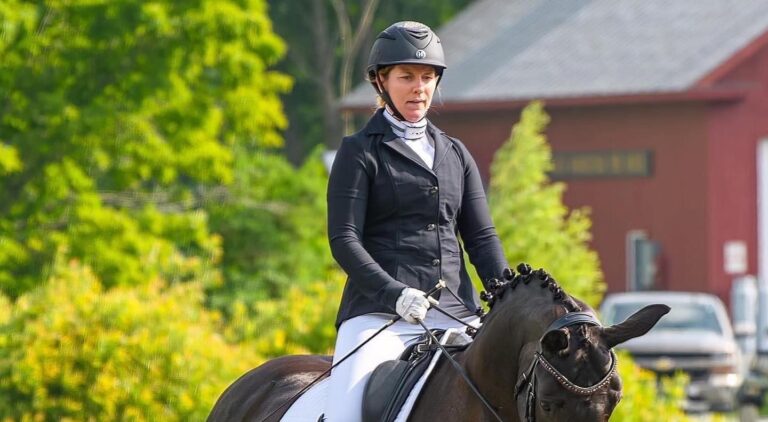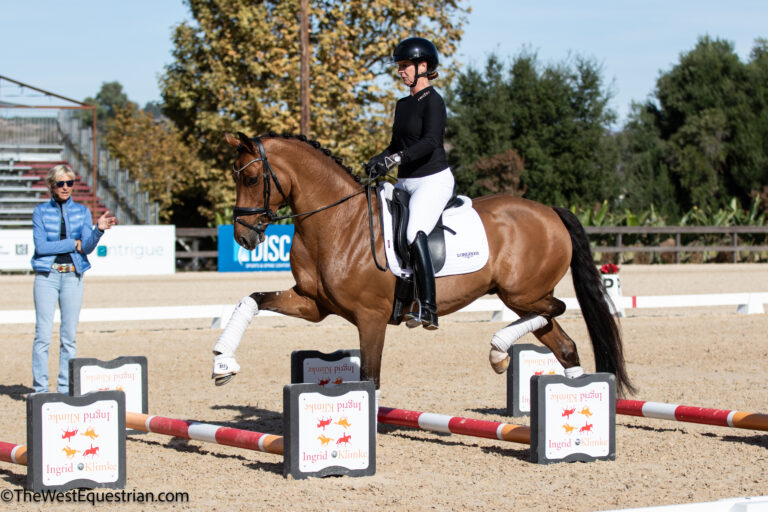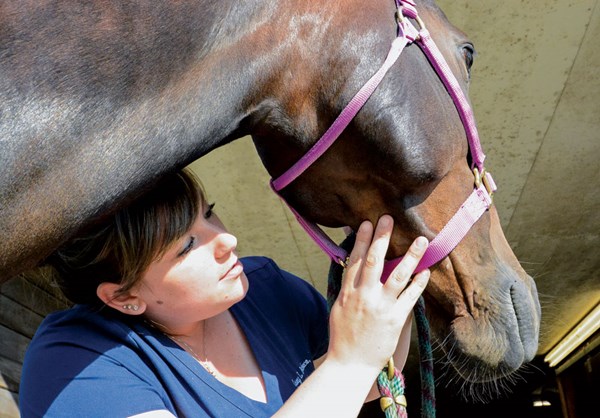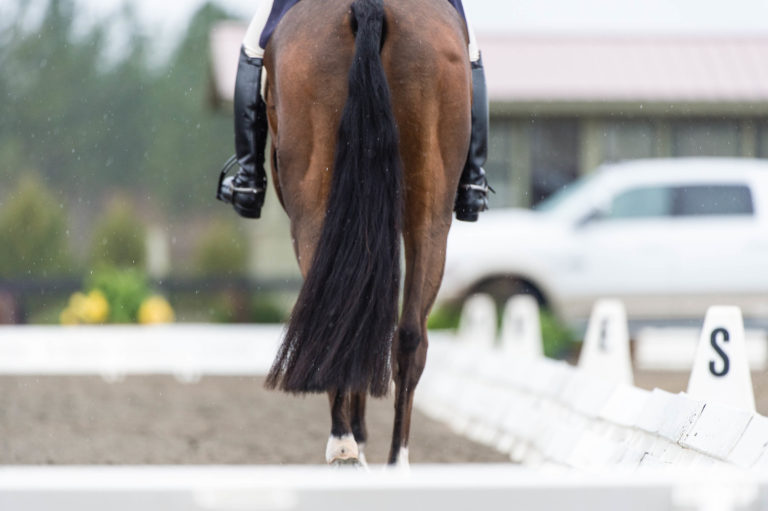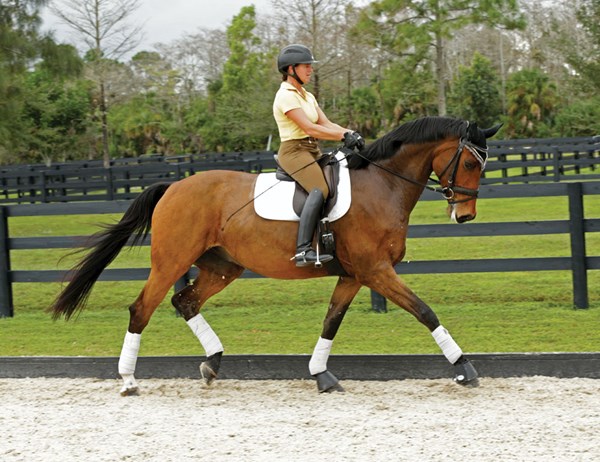USDF-Certified Instructor Beth Baumert explains that when your horse is balanced, he can have a relaxed rhythm. From this state, his movements become easier, his gaits improve and he becomes more beautiful and mentally relaxed. This video series helps you determine why your horse is out of balance and gives exercises to balance him laterally and longitudinally to be in what Beth calls “The Land of All Possibilities.”
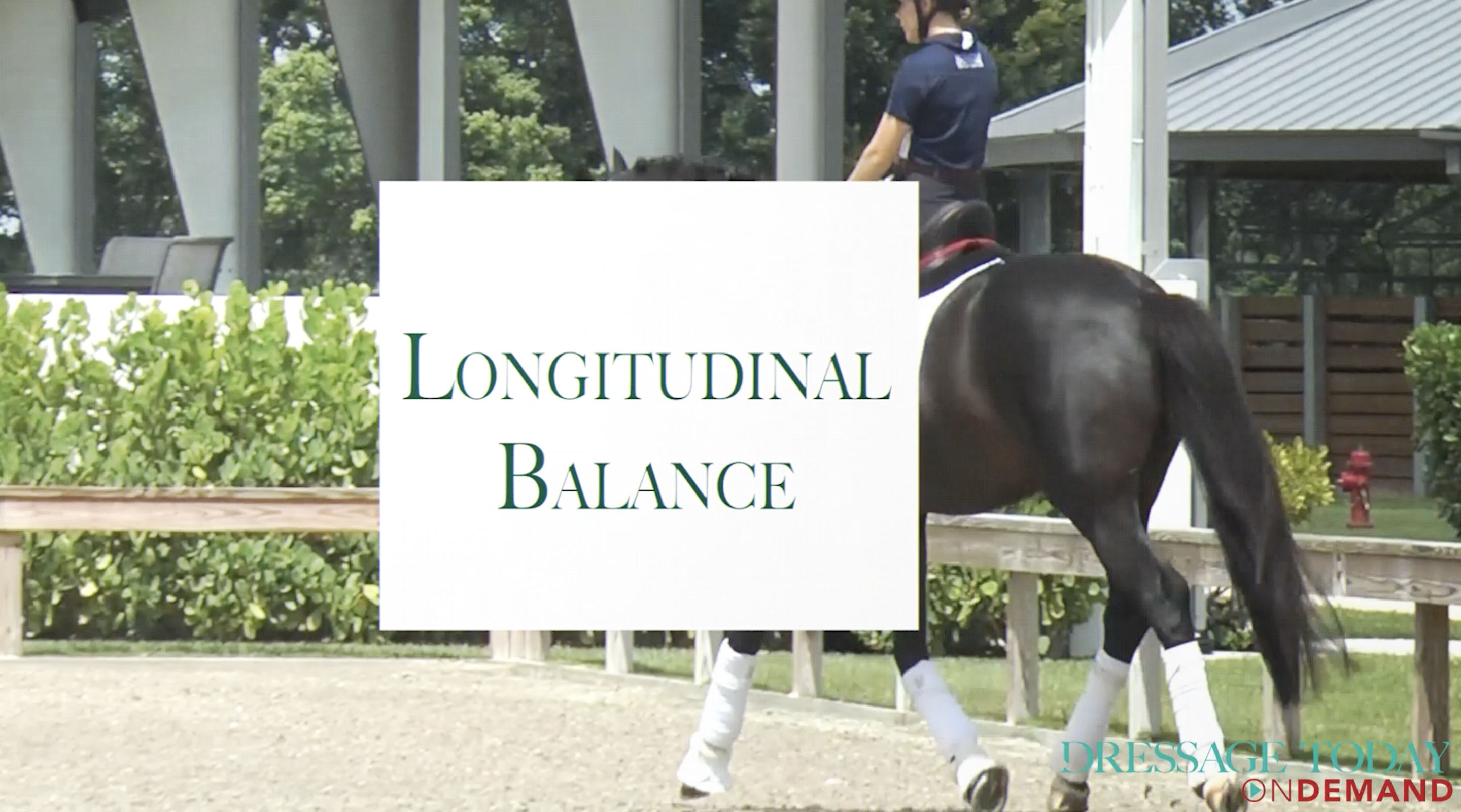
In the second part of this series, USDF-Certified Instructor Beth Baumert explains why your horse is inclined to lose his balance longitudinally and how to maintain it by riding an effective half-halt and transitions. She offers a simple definition of half-halt, including the rein, leg and seat aids, as well as the timing of those aids. She also walks you through riding transitions between gaits (walk, trot and canter) and within those gaits.
Watch the video intro here.
To view the entire collection, go to DT OnDemand and sign up for your free 10 trial with subscription.


